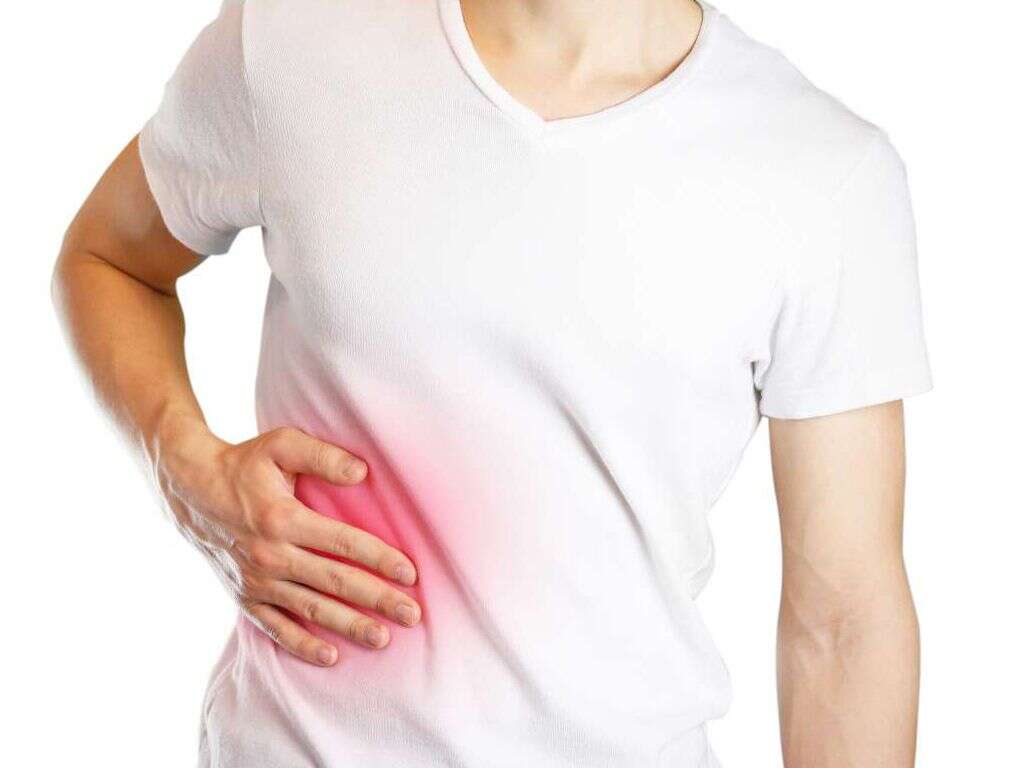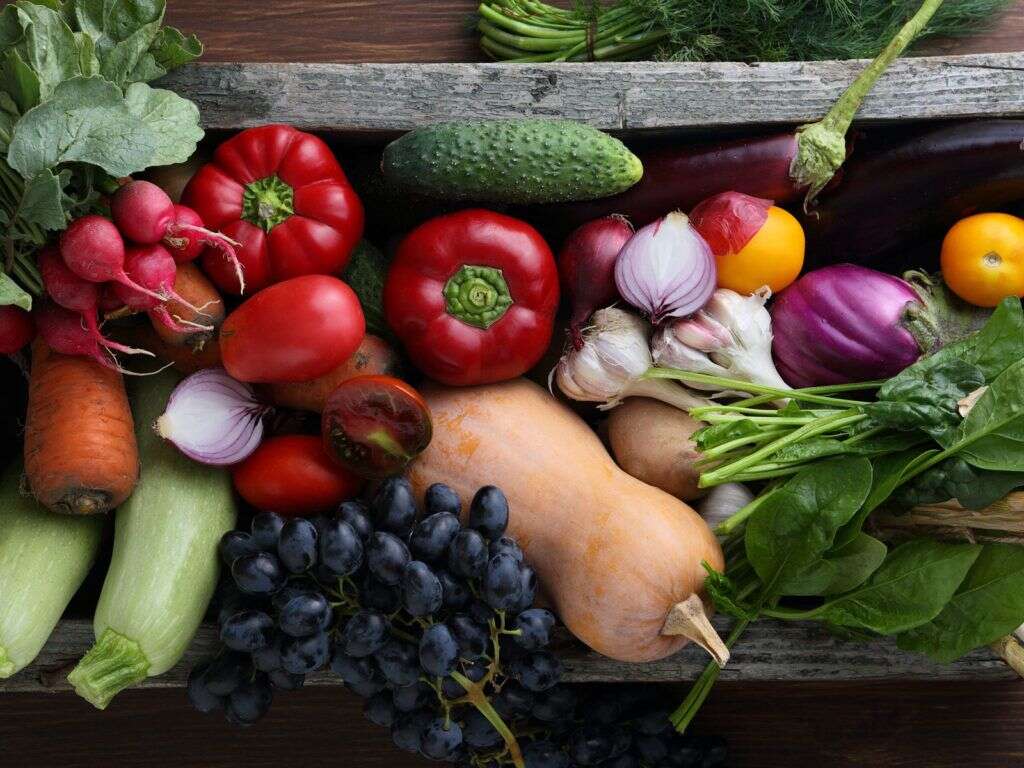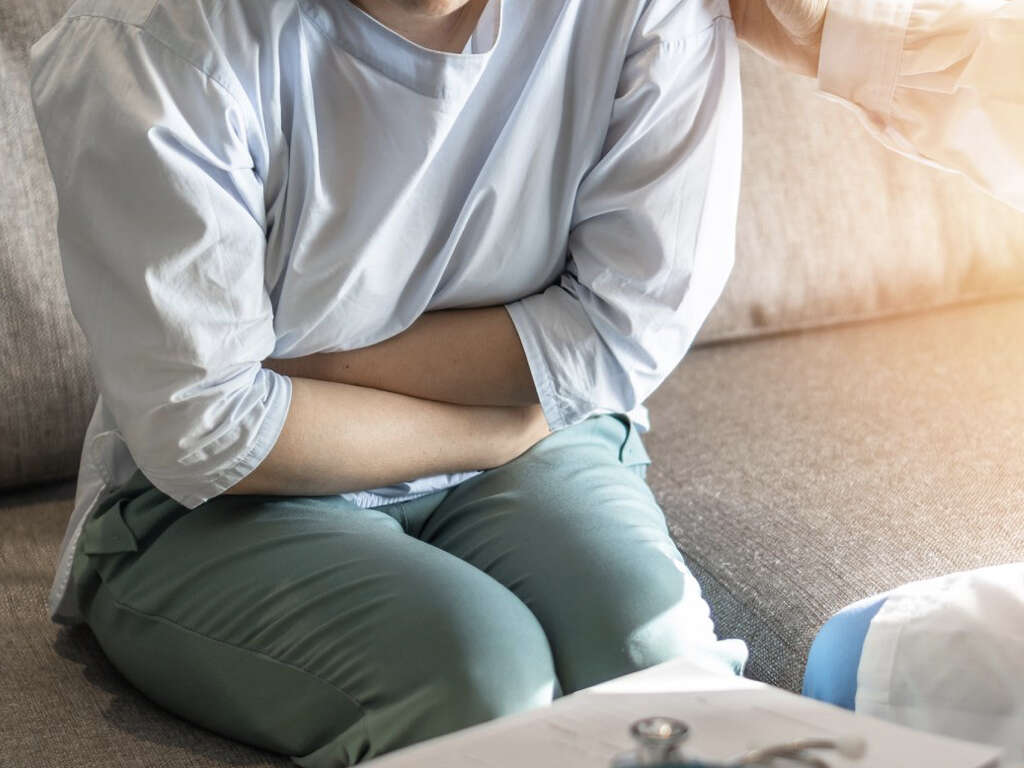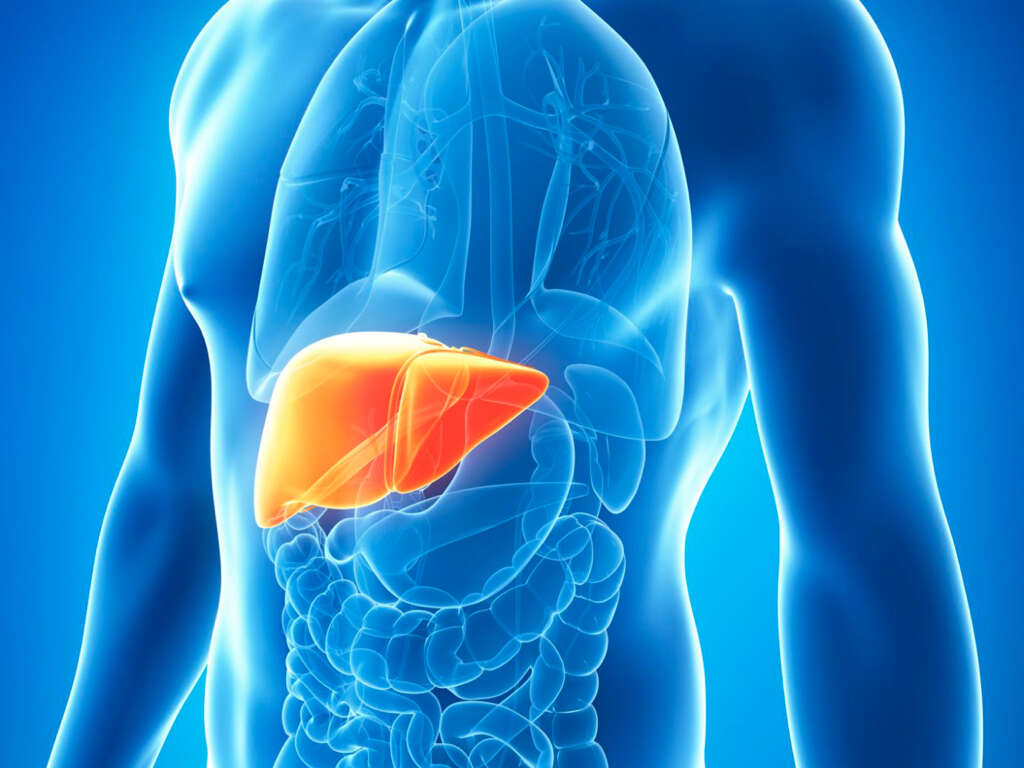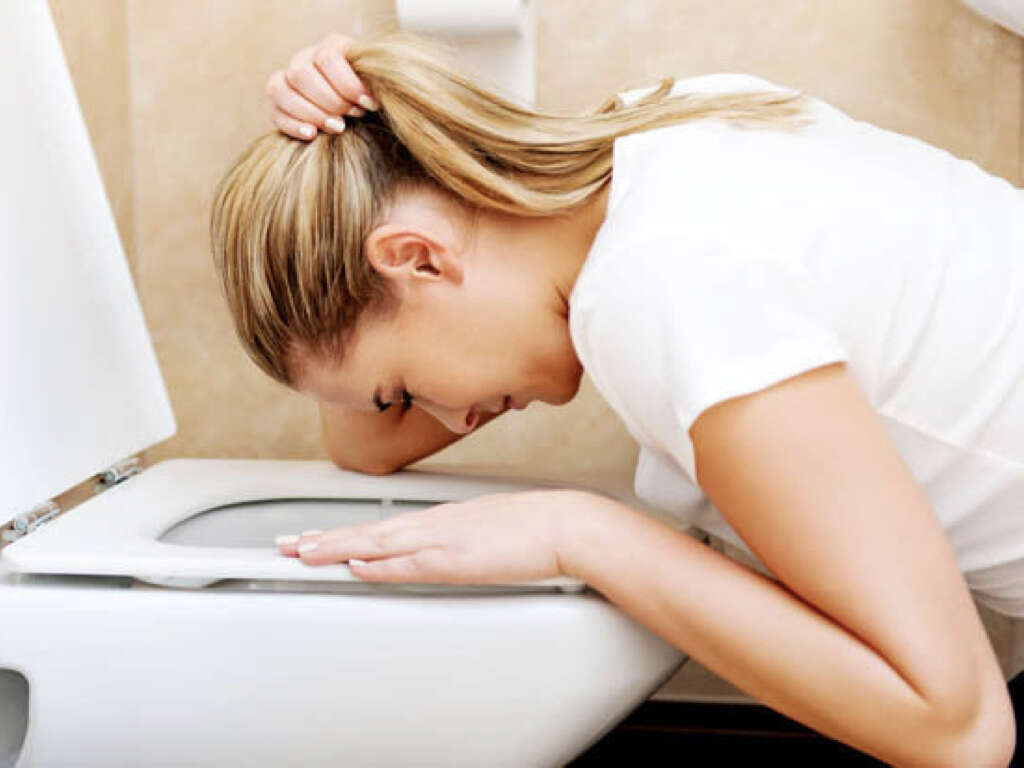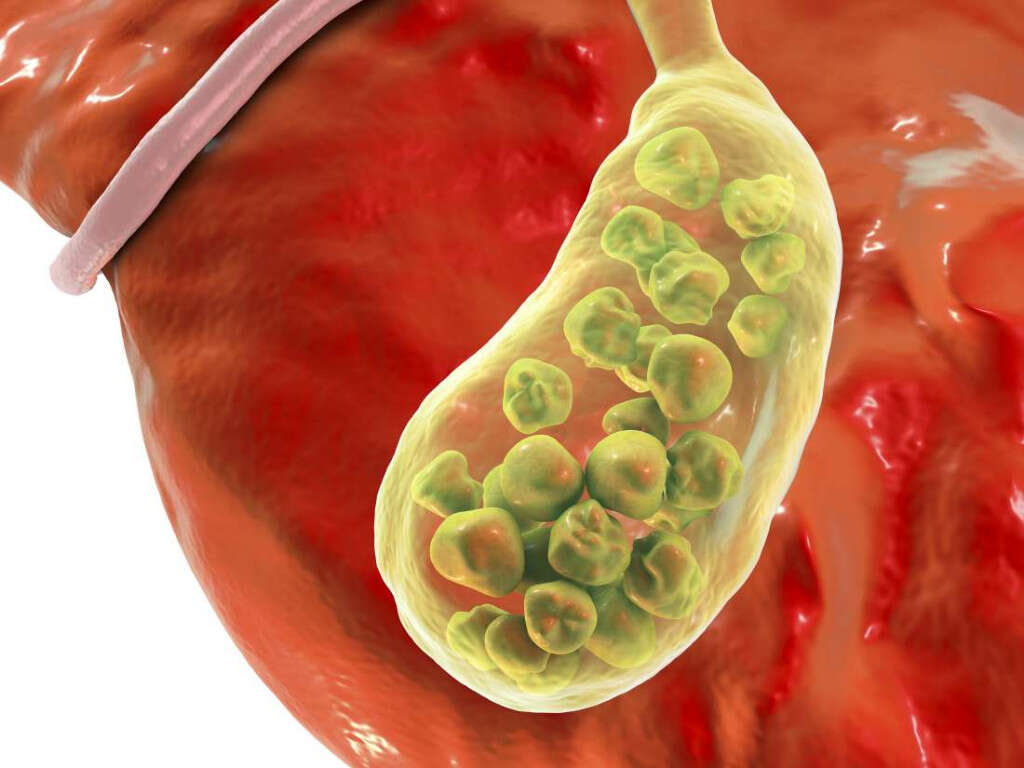What Are Gallstones?
Our digestive systems are made up of many parts, with each performing a certain role that helps with the breaking down or absorption of the food that we eat. It is important that our digestive system remains in good health because it has a profound impact on our overall health.
One part of this system is the gallbladder, and, unfortunately, this small organ can develop problems in some people. One of these problems include gallstones, and this can potentially lead to some considerable discomfort for the patient. The good news is that they are not usually dangerous, and they can usually be treated.
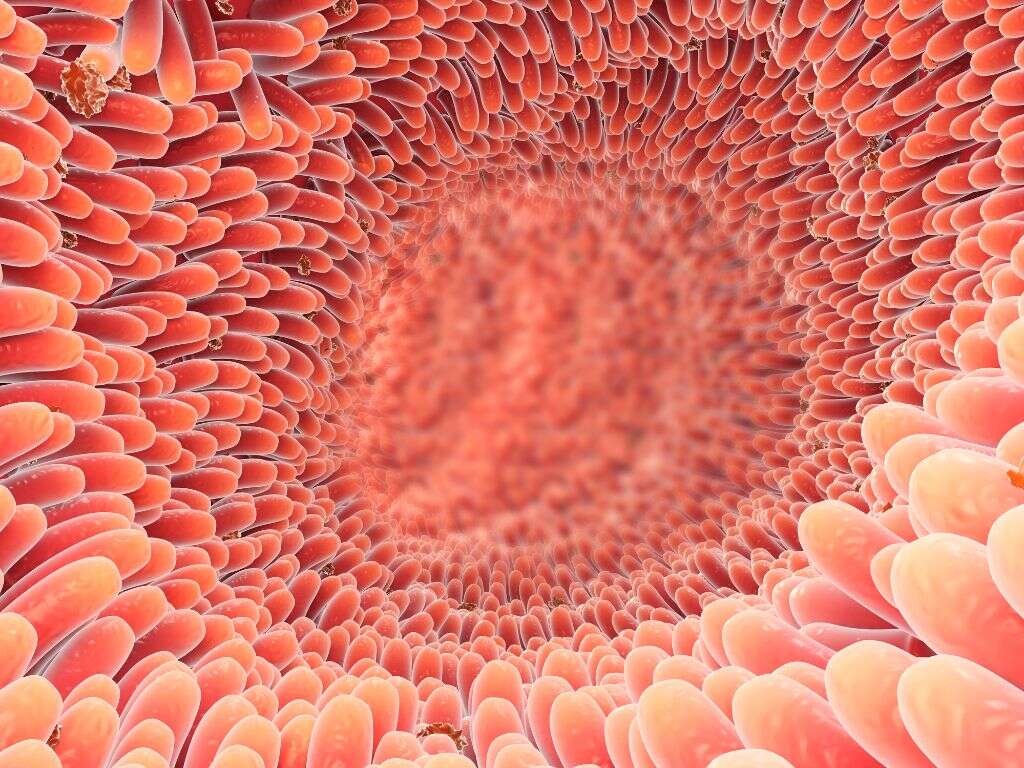
1. Gallbladder
The gallbladder is a small organ that is located just beneath the liver. It is on the right-hand side and below the rib cage at the front, and the organ itself is pear-shaped. It is part of the biliary system and, as such, forms an important part of our digestive system.
The gallbladder is used to store bile as it comes from the liver where it is produced. When needed, the gallbladder will secrete bile into the small intestines via the bile duct. We don’t usually notice that the gallbladder is even there, but that can change when if something was to go wrong with the organ.
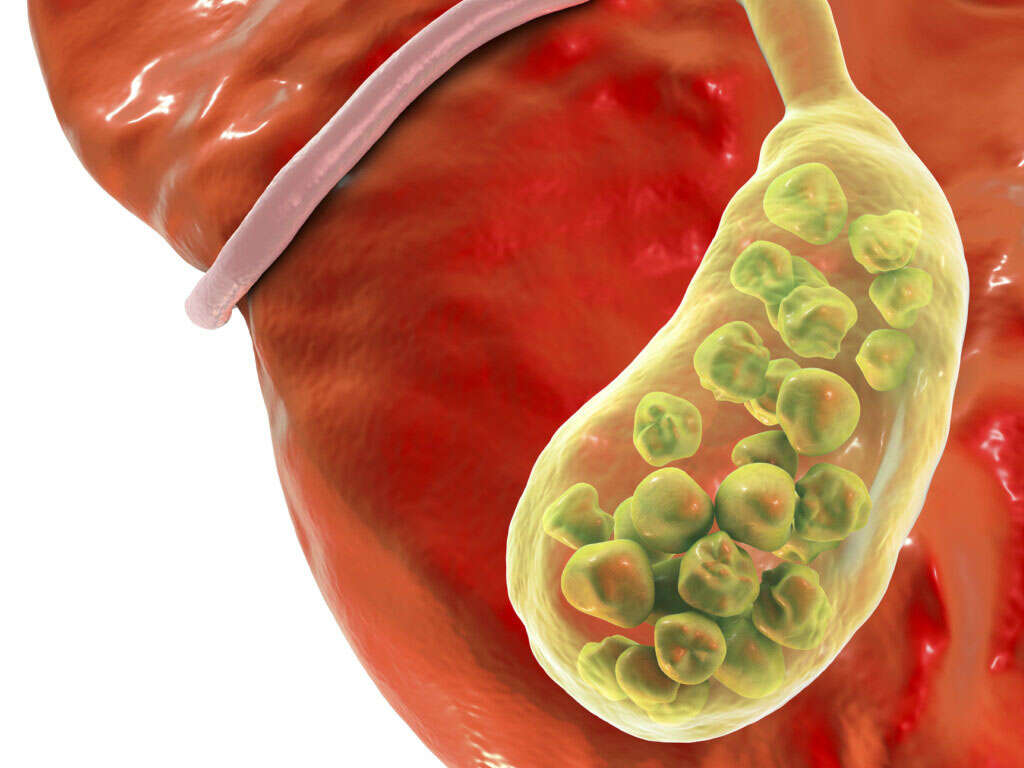
2. Bile
As mentioned, bile is produced in the liver and then moved to the gallbladder where it will stay until it is needed. It is a liquid substance that is made up of a number of different other substances, including bilirubin and cholesterol, and it is effective at helping us to break down fats.
Thus, when we do eat a fatty meal, bile is injected into the small intestines where it can begin to act on the fat. If, for whatever reason, there was not sufficient bile being injected into the digestive system then the patient would have difficulty processing fatty foods.

3. Bilirubin
Red blood cells that are at the end of their lifecycle will be processed by our livers. As they are broken down, a substance known as bilirubin is produced. Some of this will be processed by the liver, while some will be sent to the gallbladder.
Bilirubin is itself a substance that is behind a quite noticeable symptom in some people. It is yellow in color and, when there is too much of it in the bloodstream, it can cause us to take on a yellow color also. This is a condition known as jaundice, and it is a sign of problems with the liver and/or other parts of the digestive system.
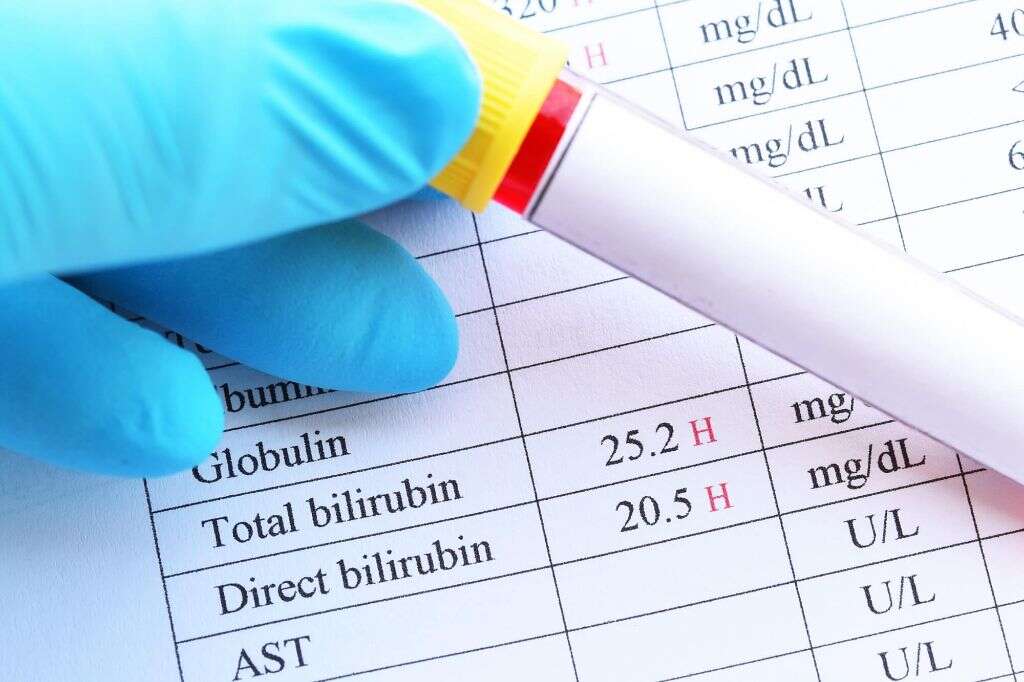
4. What Are Gallstones?
Some people can find that small, hard ‘stones’ can form in their gallbladder, and these are typically known as gallstones. They are formed as cholesterol and/or bilirubin in the gallbladder solidifies into solid particles, and these particles can grow to varying sizes. Not everybody with gallstones will suffer from symptoms, with many people not even being aware that they are even there.
Treatment is available if necessary, and the appropriate treatment will depend on a number of factors, particularly how large and/or how numerous the stones are. Regardless, you should speak with a doctor if you are experiencing unwelcome symptoms in the abdomen area.
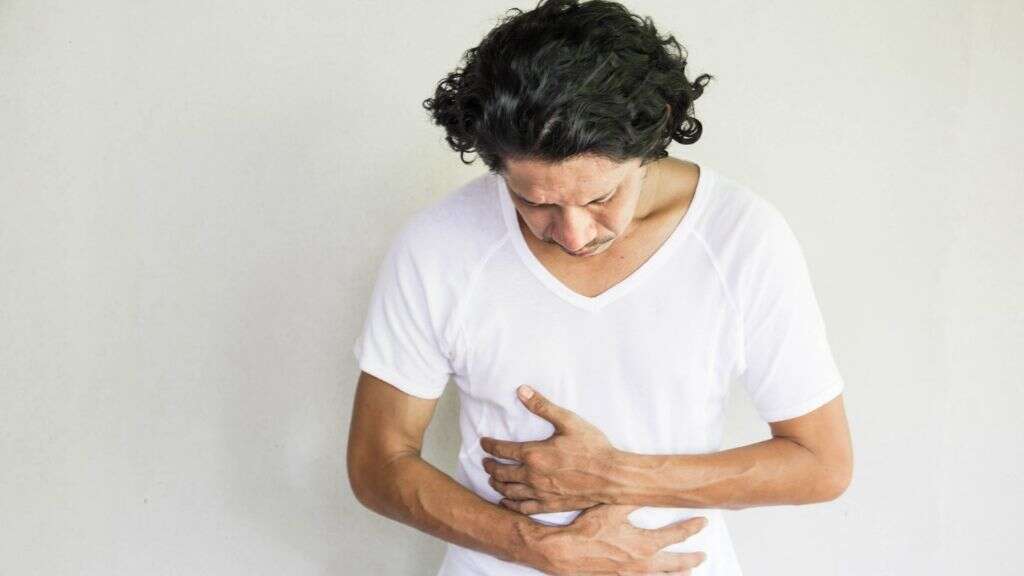
5. Size
Most gallstones are very small, often no larger than a single grain of sand. A lot of people will have these smaller stones and they will often cause few, if any, problems for the patient. Some people will have a lot of smaller sized stones, along with a few larger ones as well.
In some cases, a single gallstone can be as large as a golf ball, and it is easy to see how this can be very problematic for the patient. At other times, the gallbladder might contain a form of sludge that is made up of countless tiny gallstones.

6. Cholesterol Stones
There are three main types of gallstone, one of which is a cholesterol stone. As the name suggests, these are made up of cholesterol deposits that have hardened to form ‘stones’. These form when the bile contains too much cholesterol, and they are the most common type of gallstone in the United States.
Indeed, they make up for approximately 80% of all cases. They are usually found in people that are obese, and a cholesterol stone will, by definition, contain more than 80% cholesterol. Most are mixed cholesterol stones, meaning other compounds are also present, but a rare number are made up of pure cholesterol.
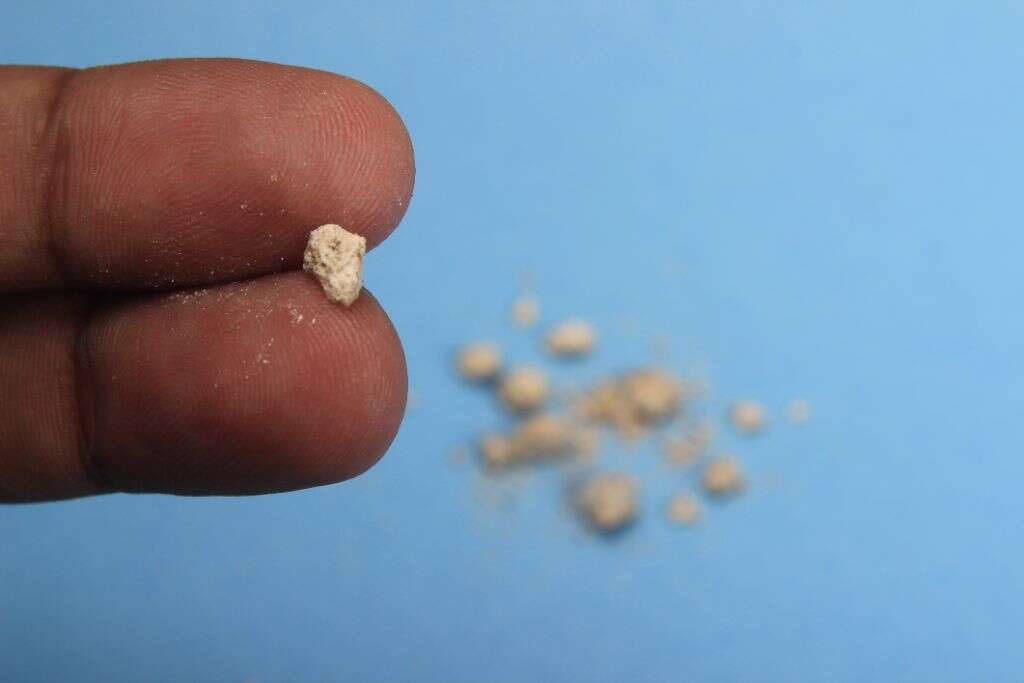
7. Mixed Stones
Mixed stones, also known as brown pigment stones, will contain from anywhere between 20% to 80% cholesterol. They will also contain other compounds like calcium carbonate, bilirubin, palmitate phosphate, and other bile pigments. These are often visible on x-rays because they have a high calcium content.
Up to around 20% of gallstones are mixed stones, and they will often be found after instances of problems with the biliary tract, such as infections. This is because infections can cause the release of β-glucuronidase, which itself comes from bacteria and injured hepatocytes (liver cells). β-glucuronidase increases the volume of unconjugated bilirubin in bile, and this can lead to stones forming.
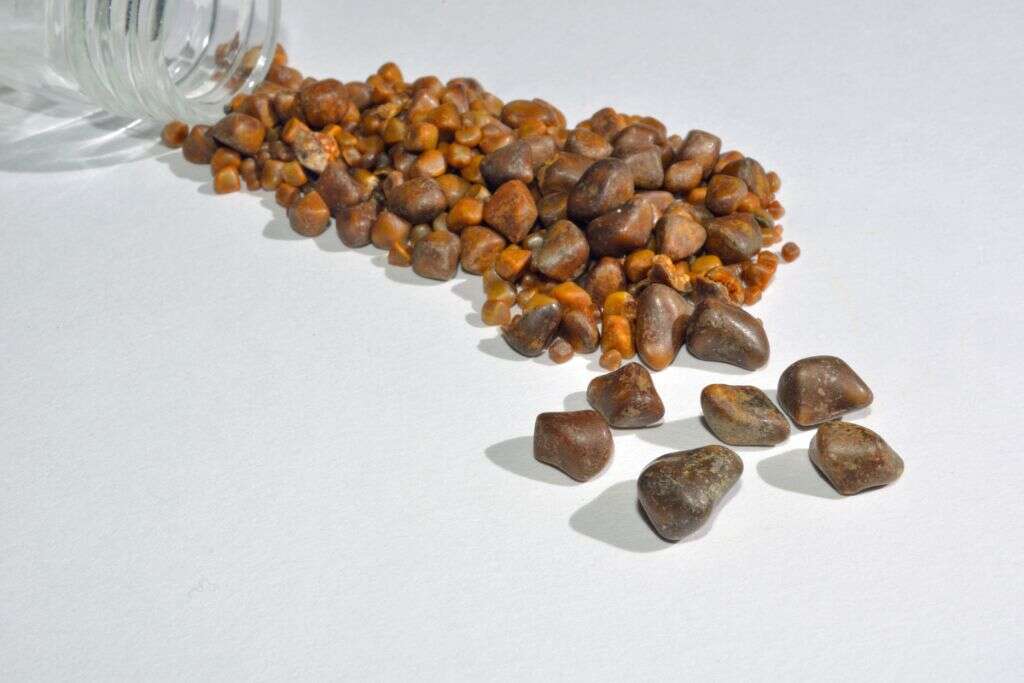
8. Pigment Stones
The other type of gallstones encountered are pigment stones, and these are made from bilirubin. Pigment stones tend to be somewhat smaller than the cholesterol stones, while they are also darker in color. Most of the time they will appear to be dark brown to black.
These stones are generally a mix of bilirubin, which makes up the bulk of the mixture, and calcium salts that are also found naturally in bile. They will also contain less than 20% of cholesterol, otherwise they would be classified as mixed stones. It is estimated that somewhere between 2% to 30% of gallstones are pigment stones.
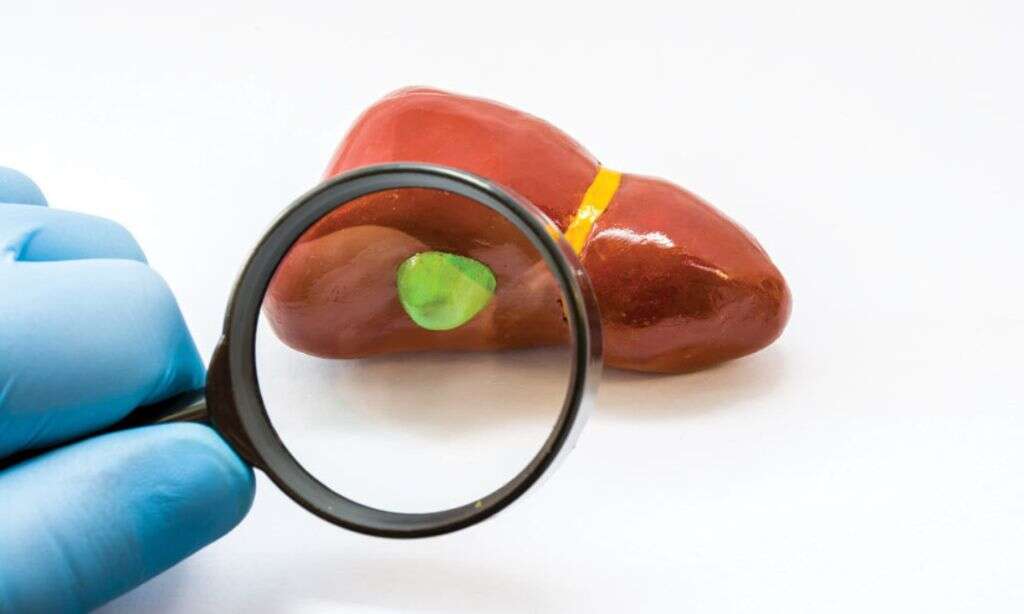
9. Symptoms
As mentioned, some people with gallstones will experience no symptoms whatsoever. For other people, however, they can be very problematic indeed. Among the most common of all symptoms is a sharp pain located in the upper part of the abdomen, under the ribs and on the right-hand side.
Digestive problems and vomiting are also potential problems, and the patient can also have light colored stools and/or darker than usual urine. If the pain is too severe and/or the patient gets a fever then they should be taken to a doctor. A professional’s advice should also be sought if the patient develops jaundice.

10. Treatment
Treatment for gallstones will often involve methods that help to break up the stones so that they can then pass out of the biliary system. One method is extracorporeal shockwave lithotripsy, which involves using a machine that breaks up the gallstones using shockwaves.
One downside of this method is that it can result in excruciating pain for the patient. Another method is to use medication that will help to dissolve the stones, but this can take months to be effective. In some cases, surgery may be necessary in order to remove the stones directly. In some cases, it will be recommended that that gallbladder is removed.




